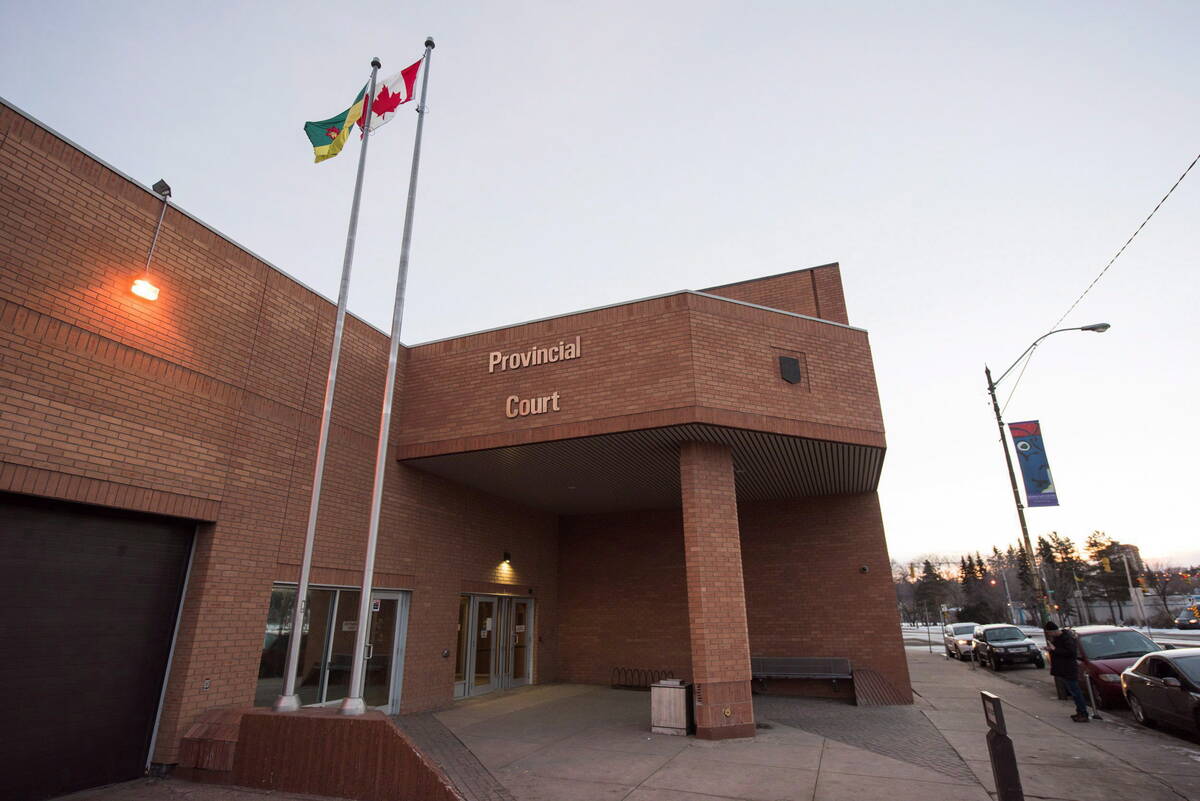Does the owner of petroleum rights under a parcel of land also own the natural gas? This was the question the Supreme Court of Canada decided earlier this summer in Anderson vs. Amoco.
It is common in Western Canada for ownership of minerals to be separate from the owner of the surface. In many instances the crown withheld mineral rights when granting land for homesteads. It is also common to find instances where one owner has the petroleum and coal rights, while all other land rights are owned by someone else. This is what happened in the Anderson case.
Read Also

Understand limitation periods if considering civil suit
A limitation period refers to the amount of time a plaintiff has to commence a formal claim in court or lose their ability to pursue it.
The land in question was originally owned by Canadian Pacific Railway, part of the 25 million acres granted to it for building the railway across Canada. The CPR sold land to settlers. Initially, it sold off all rights, but starting in 1904 it began to reserve its coal rights and petroleum rights. Eventually, it sold the petroleum rights to various oil companies.
In the early 1950s, Britain’s Privy Council, which at the time was Canada’s court of last resort, ruled in Borys vs. CPR that a reservation of petroleum rights included all hydrocarbons in liquid phase, but the gas belonged to the surface owner. The council further ruled that the owner of the petroleum rights had the right to pump out the oil, even though this would affect the surface owner’s gas.
However, the Borys case didn’t decide at what point in time rights between the petroleum holder and the surface owner were to be decided. Was it to be before drilling began or after? Some liquid hydrocarbons will become gas once drilling has reduced the underground pressure. Liquid hydrocarbons that become gas have been described as evolved gas.
In the Anderson case, 84 landowners sued for a determination of their gas rights. All of these owners could trace their title to the CPR, which had reserved petroleum rights for itself. The issues were at what point in time gas rights are determined, and who owns the evolved gas.
The Supreme Court ruled that the time for determining rights was before drilling. At the time of reservation of petroleum, everything in liquid form is the property of the petroleum holder even if some of it will change to gas once drilling begins.
The landowners argued that dividing ownership based on the state of the hydrocarbons before drilling would lead to considerable uncertainty in determining rights.
The Supreme Court adopted the trial judge’s view “that the entire industry relies on estimates of what is under the surface, and these estimates have to suffice for dividing up ownership as well.”
















